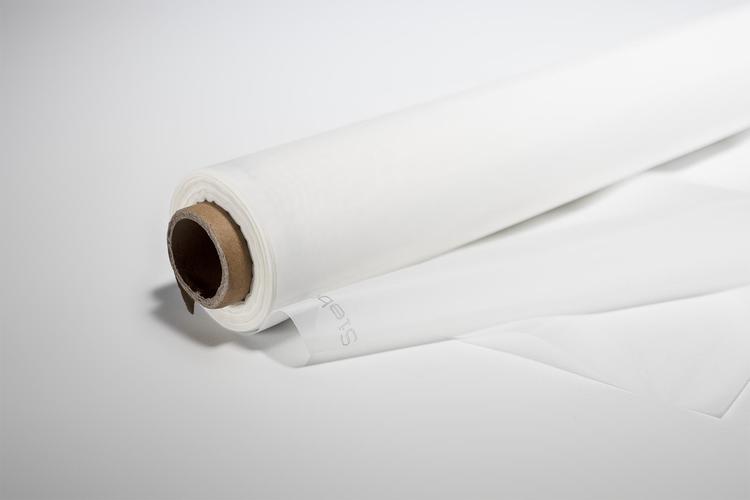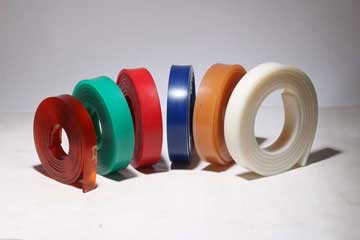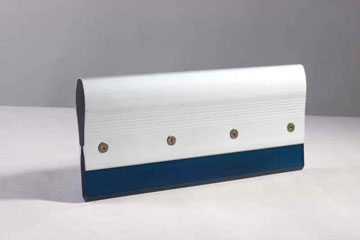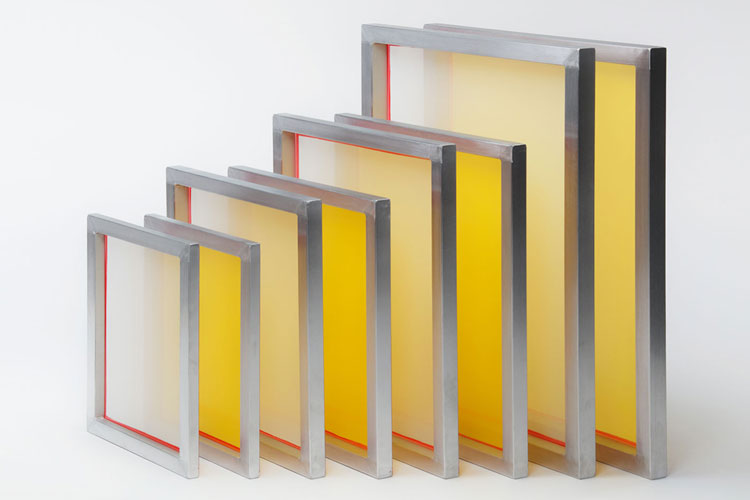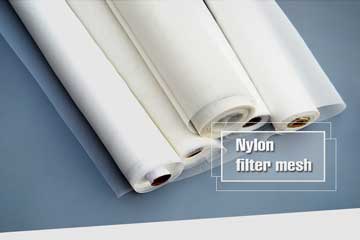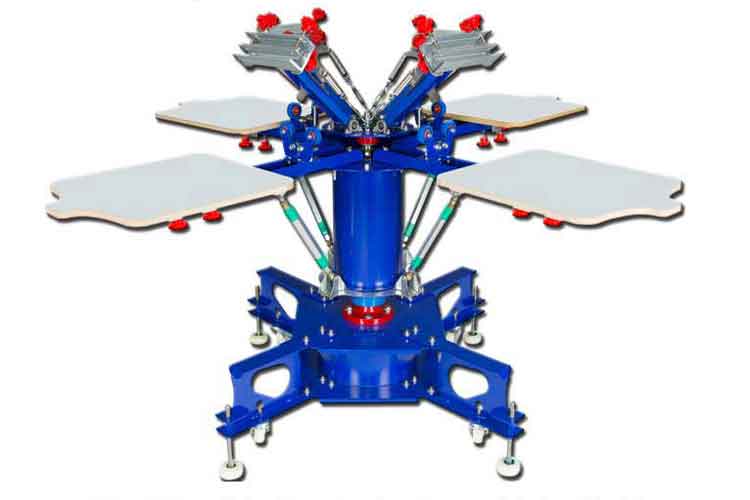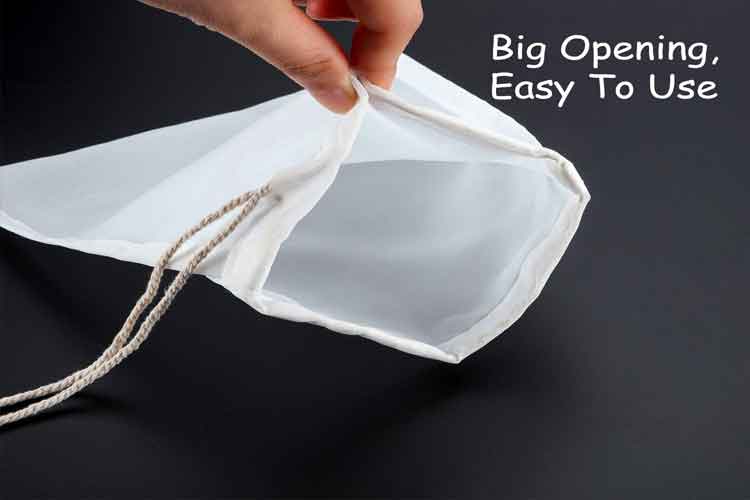Screen printing ink performance requirements
(1) viscosity . Screen printing ink viscosity of about 4000 - 12000mPa s between. Viscosity is too large, the ink on the substrate wettability is poor, not easy to transfer to the substrate through the screen, resulting in printing difficul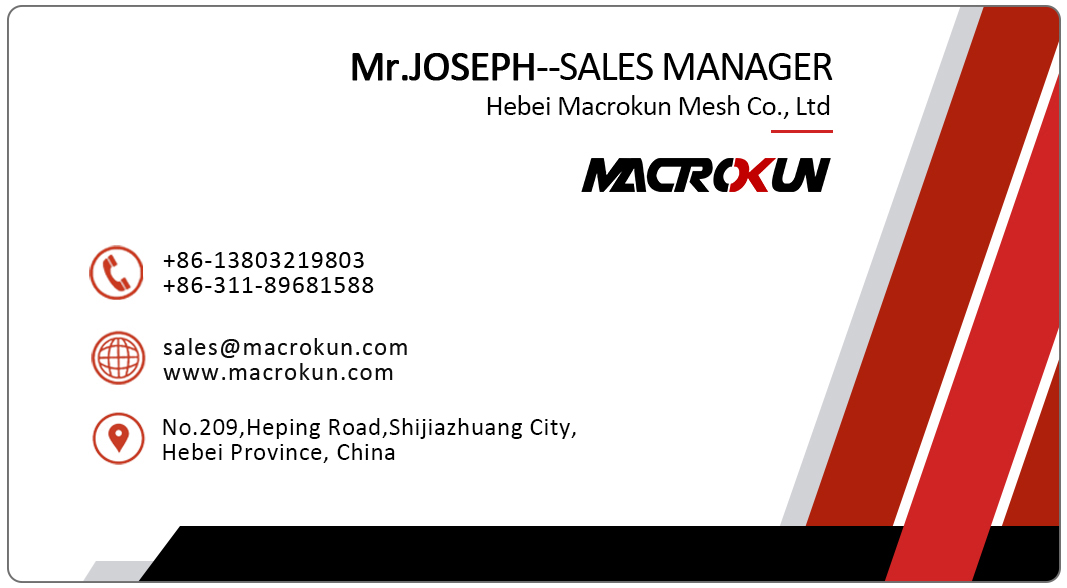
(1) viscosity. Screen printing ink viscosity of about 4000 - 12000mPa • s between. Viscosity is too large, the ink on the substrate wettability is poor, not easy to transfer to the substrate through the screen, resulting in printing difficulties, imprint lack of ink; viscosity is too small, will cause blots to expand, resulting in the merger of printed lines, as waste.
The relationship between viscosity changes and printability is: the ink on the plate, the viscosity of the more stable the better, but after the transfer to the print, the viscosity as fast as possible.
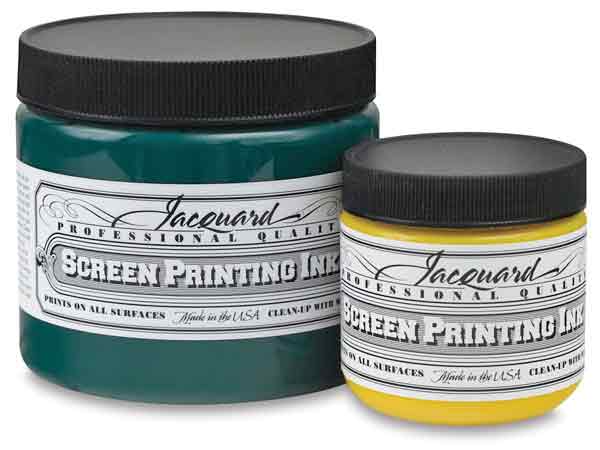
(2) thixotropy. In the screen printing process, the performance of the ink after a certain period of time to thicken, viscosity becomes larger, agitated and then thinning, viscosity is also a reversible phenomenon. Screen printing ink thixotropy as small as possible. In order to remove such unfavorable factors, before printing, it is necessary to stir the ink sufficiently to restore normality and then print.
(3) yield value. Yield value refers to the fluid plus a certain external force, from the elastic deformation to flow deformation of the boundary stress, but also the ink begins to laminar flow must be applied when the low stress. The yield value is too large, the ink hard, not easy to open, ink inaccurate, poor leveling; yield value is too small, poor print line and dot reproducibility. Screen printing thick ink layer, so yield value can not be too small. Screen printing ink according to different requirements, yield value from 100 - 300Pa, fine print line drawing, the yield value should take high value.
(4) Liquidity. Liquidity is the reciprocal of viscosity, that is: viscosity, mobility is small; viscosity is small, liquidity is large. The fluidity of ink can be regarded as the degree of natural flow of a certain amount of ink within a certain period of time and a certain flat surface without external force. The fluidity of the ink can measure the thinness of the ink. In screen printing inks its liquidity is generally controlled at 30 - 50mm. Measurement method is to take 1mL ink, 250g pressure after 15min, the diameter can be measured.
(5) plasticity. Plasticity refers to the deformation of the external forces, can fully or partially maintain the deformation of nature. Screen printing ink is between the fluid and semi-solid thick suspension of colloids, so it has both mobility, but also plasticity. Screen printing ink requires a certain degree of plasticity, in order to maintain the accuracy of printing, or printing lines can easily be expanded.
(6) Surface tension. So that the surface tension of the ink is equal to or less than the surface tension of the printing surface to maintain a good printing effect.
(7) fineness. Screen printing ink fineness is generally between 15-45μm. Fineness is too large, in the printing will produce a paste version, printed no pattern. Such as thick wire, fineness can also be bold. Generally very coarse particles should be less than a quarter of the mesh area. Fineness will affect the ink film luster and ink rheology.
(8) Viscoelasticity. Viscoelastic refers to the ink by the scraper pressure shear fracture, screen version bounce, ink rapid rebound performance. Adhesion of ink and substrate, and screen separation, the phenomenon of rapid retraction.
Viscoelastic ink on the screen printing greater impact is drawing phenomenon. Drawing phenomenon is that when the scraping board scraping, the screen bouncing moment, between the screen and the substrate appeared a lot of ink filament. This is a very taboo screen printing phenomenon, not only easy to make printed matter and screen sticky dirty, or even make printing impossible. Viscosity, ink long; the other short. To this end, often adding viscosity reducing agent or reduce the molecular weight of the resin to reduce the viscosity of the ink to improve the viscoelastic ink and reduce drawing phenomenon.
(9) Dryness. Screen printing requires ink in the screen can not be a long time drying conjunctiva, but also requires printing, printing on the dry as soon as possible. This will keep the blot clean, speed up the printing speed and improve quality. For screen printing, online slowly drying and imprinting fast-drying ink, is the ideal screen printing ink, light solid, thermosetting and thermal printing of cold solid ink is the result of this.
(10) Light fastness. Is the degree of color stability of the ink blot under daylight irradiation. It depends on the pigment lightfastness, ink layer thickness, materials and fillers and other properties. Packaging, printing and outdoor advertising on the lightfastness of the ink is very high, often require outdoor advertising lasted 3-5 years, no significant change in the color of printed matter. Exposure to light causes chemical (such as oxidation or reduction) reactions and physical (crystal) changes in the pigment, causing the pigment to darken, fade, and completely recede.
(11) Chemical resistance. Ink water, acid, alkali and solvent capacity, collectively referred to as chemical resistance.
(12) screen printing ink solid fixation. Screen Printing Inks a prominent problem is that after printing inks on the solid substrate firmly. Not firmly fixed, it means that there is no printing, but also cause a great waste. Firmly fixing the ink and substrates involved in the bonding mechanism, the current generally believed that the impact of solid ink firmly fixed reasons: ink linkers, solvents, additives, ink wetting properties, ink flow properties, substrates and other materials.
Tags: 0.1 micron filter bag 0.5 micron filter bag 1 micron filter bag 50 micron filter bag 25 micron filter bag 10 micron filter bag 1000 micron filter bag 5 micron filter bag micron filter bag micron filter bags 25 micron filter bags 100 micron filter bag 180 micron filter bag 250 micron filter bag 200 micron filter bag 200 micron filter bags 100 micron filter bags 1 micron filter bags micron filter bags near me 05 micron filter bag 30 micron filter bag 150 micron filter bag 10 micron filter bags 200 micron filter bag wholesale 0.1 micron filter bag wholesale 500 micron filter bag 400 micron filter bag 50 micron filter bag wholesale 400 micron filter bag wholesale 20 micron filter bag 0.1 micron filter bag factory in china 500 micron filter bag factory in china 20 micron filter bag wholesale 5 micron filter bag wholesale 250 micron filter bag factory in china 150 micron filter bag wholesale in china micron filter bag wholesale in china 190 micron filter bag 400 micron filter bag factory in china
screen printing screen printing ink
Pre:Screen printing on the performance requirements of screen printing materials
Tags:
